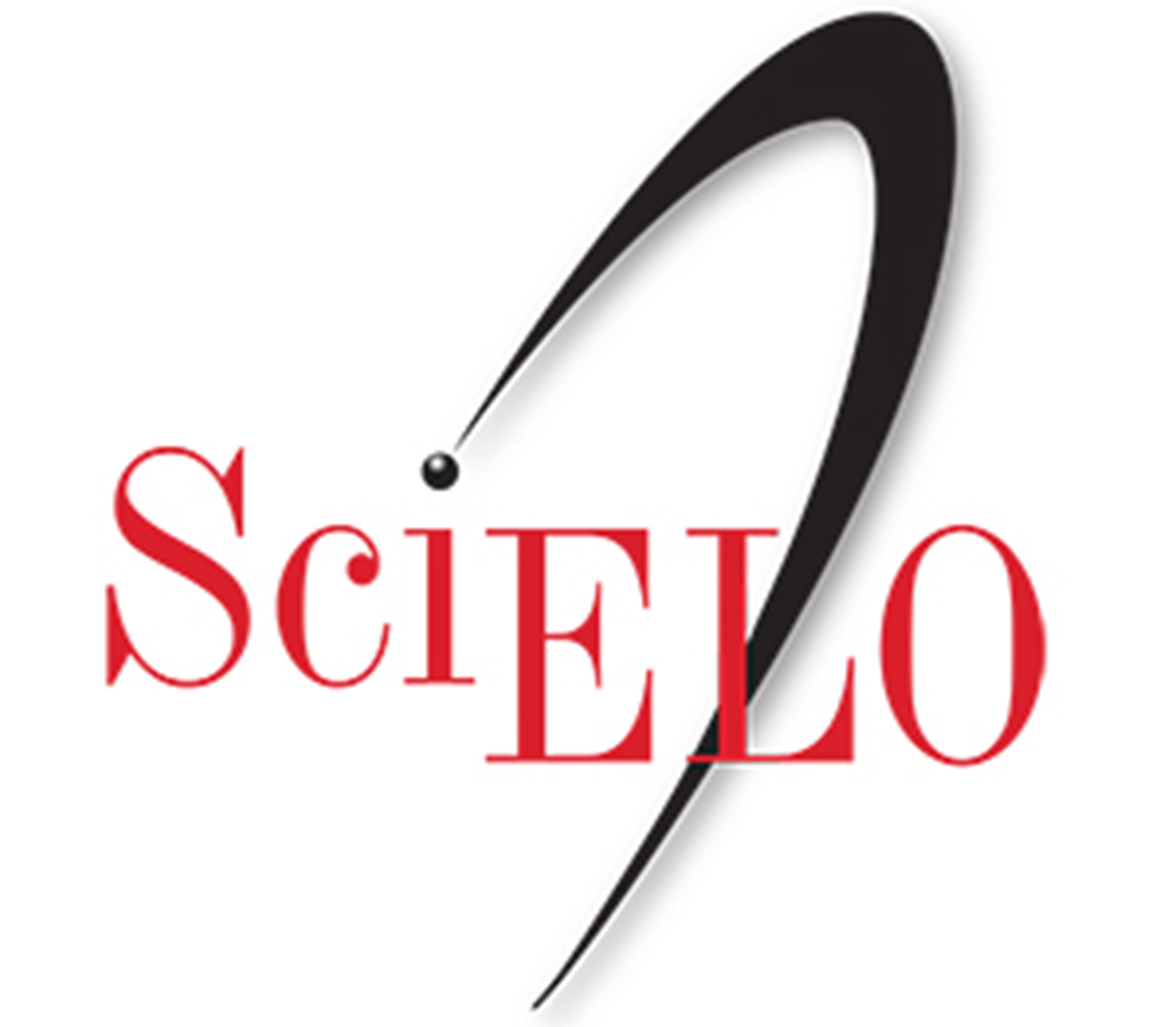PHYSICAL-HYDRIC DYNAMICS OF A PEDOLOGICAL LATOSOL-NITOSOL SYSTEM
Abstract
In order to comprehend the hydric dynamics of soils along the slopes, the research took place on a slope from Marechal Cândido Rondon, Paraná. Trenches were open to the macromorphological description, sample collection for physical, chemical and micromorphological analysis and quantification of hydraulic conductivity. In the top sector, Eutroferric Red Latosol was identified, and from the middle sector, the latosolic Distroferric Red Nitosol predominates. In micromorphological terms, the Ap and Bw horizons have presented two distinct types of arrangements: a continuous and/or discontinuous porphyric fabric with cavities and planar pores and other with enaulic fabric, with high connectivity - compound packing porosity. In the AB and nitic B horizons the enaulic fabric is less representative, prevailing the continuous porphyric fabrics, which make the pores less communicating. The Ap and Bw horizons have shown higher hydraulic conductivity, while AB and B nitic horizons had the lowest rates, reinforcing the notion that besides soil density, the pores arrangement directly interfereswith the hydric behavior of the pedological system.
Keywords
Authors who publish in this journal agree to the following terms:
- Authors retain the copyright and grant MERCATOR the right of first publication, with the work simultaneously licensed under the Creative Commons Attribution License, which allows the sharing of the work with recognition of the authorship of the work and initial publication in this journal.
- Authors are authorized to sign additional contracts separately, for non-exclusive distribution of the version of the work published in this journal (e.g., publish in an institutional repository or as a book chapter), with acknowledgment of authorship and initial publication in this journal.
- Authors are allowed and encouraged to publish and distribute their work online (e.g., in institutional repositories or on their personal page) at any point before or during the editorial process, as this can generate productive changes as well as increase the impact and citation of the published work (see The Effect of Free Access).
- Authors are responsible for the content of the manuscript published in the journal.






